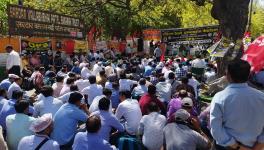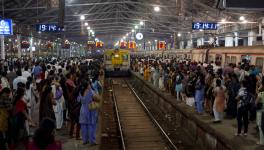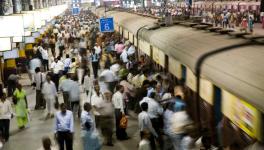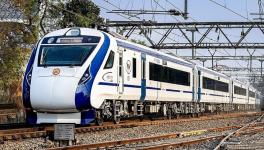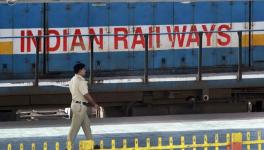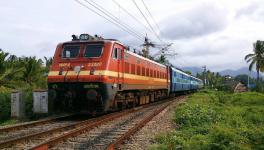Railways' Expenditure Exceeds Earnings, Operating Ratio Crosses 110
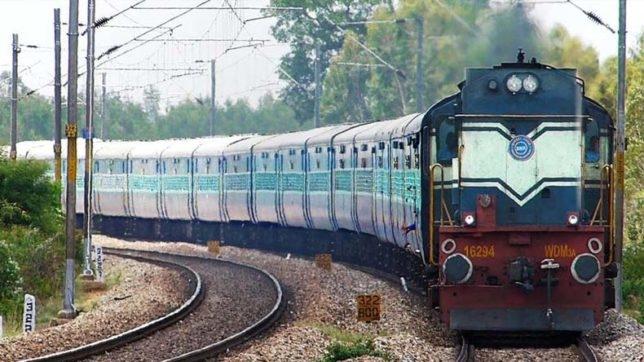
How much did the cash-strapped Indian Railways spend to earn every Rs 100 in April-July this fiscal?
The public behemoth incurred a record-high operating ratio of 111.51 per cent, meaning it spent Rs 111.51 to generate Rs 100, reflecting the overestimated growth of the traffic, and heavy outgo on account of increased pension liability and working expenses.
Operating ratio is a gauge of operational efficiency that measures expenses in proportion with the revenue. It divides an organisation's operating expenses by its operating revenues, which helps in checking its performance. Therefore, a lower operating ratio figure indicates better financial condition of the organisation. A higher ratio, like in case of the Railways, indicates a poorer ability to generate surplus fund that can be used for capital investments such as laying new lines and deploying more coaches.
Facing strong competition from operators of other modes of transports, the national transporter earned Rs 17,273.37 crore from passengers against the target of Rs 17,736.09 crore in the first four months of the current fiscal, according to the Railways internal data prepared by its finance wing. Railways is incurring heavy losses in the passenger segment, and its passenger service is cross-subsidised as opposed to the freight earnings.
The goods earnings also showed below-the-budget projection during April-July 2018 at Rs 36,480.41 crore as against the target of Rs 39,253.41 crore.
The total earnings of the Railways including sundries and other coaching for the current fiscal ending in July is Rs 56,717.84 crore, against the target of Rs 61,902.51 crore. However, the working expenses has exceeded the budget projection for April-July period. Railways incurred Rs 52,517.71 crore as the ordinary working expenses against the target of Rs 50,487.36 crore for the period ending July, this fiscal.
Besides the working expenses, there are other expenditures also involved, which are causing the operating ratio to exceed the target, said a senior official from the Railways. The pension liability, expenditure of Railway Board and railway institutions, apart from the ordinary working expense, which is exceeding the total income during April-July 2018, resulting in operating ratio touching 111.51.
After the implementation of the recommendations by the 7thPay Commission, the total pension outgo has been estimated at Rs 47,000 crore, which means Railways has paid about Rs 12,000 crore during the period.
However, the official said that this is a lean period for traffic, and operating ratio typically improves in the last quarter of a financial year.
The operating ratio has been hovering above 90 per cent for the last five six years. For financial year 2018-19, operating ratio is estimated at 92.8 per cent as against 96 per cent in 2017-18. There are high hopes on freight earnings with estimated increase of 51 million tonnes in 2018-19. The last three months of the fiscal are crucial when freight picks up pace, and we are hopeful that we will achieve the target, the official said.
Railways has earmarked the highest ever capital expenditure of Rs 1.48 lakh crore for the current fiscal in the budget and also focused on capacity augmentation, electrification, station redevelopment and overall infrastructure upgradation.
(Arun Kumar Das is a Delhi-based journalist, and can be contacted at akdas2005@gmail.com)
Get the latest reports & analysis with people's perspective on Protests, movements & deep analytical videos, discussions of the current affairs in your Telegram app. Subscribe to NewsClick's Telegram channel & get Real-Time updates on stories, as they get published on our website.









